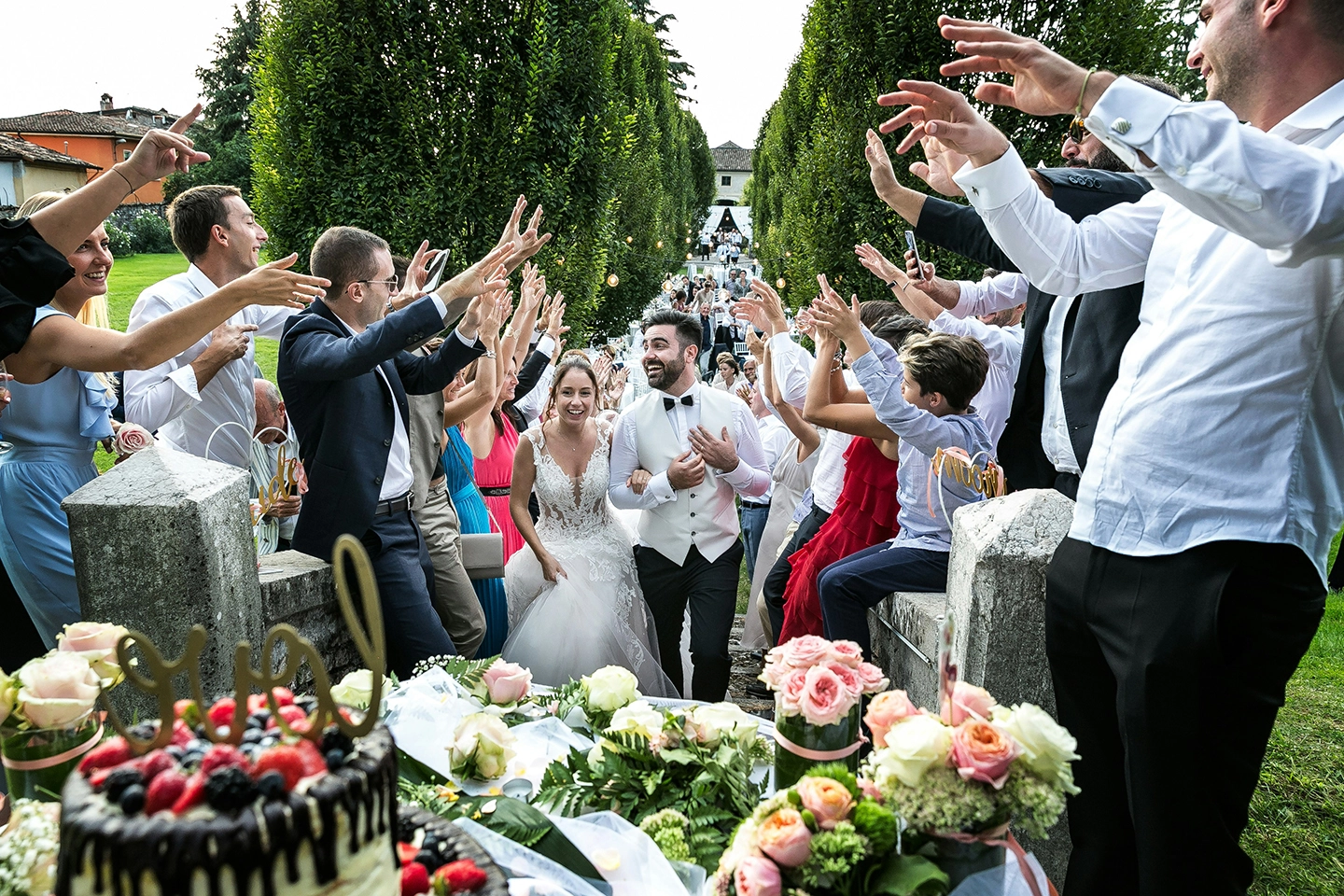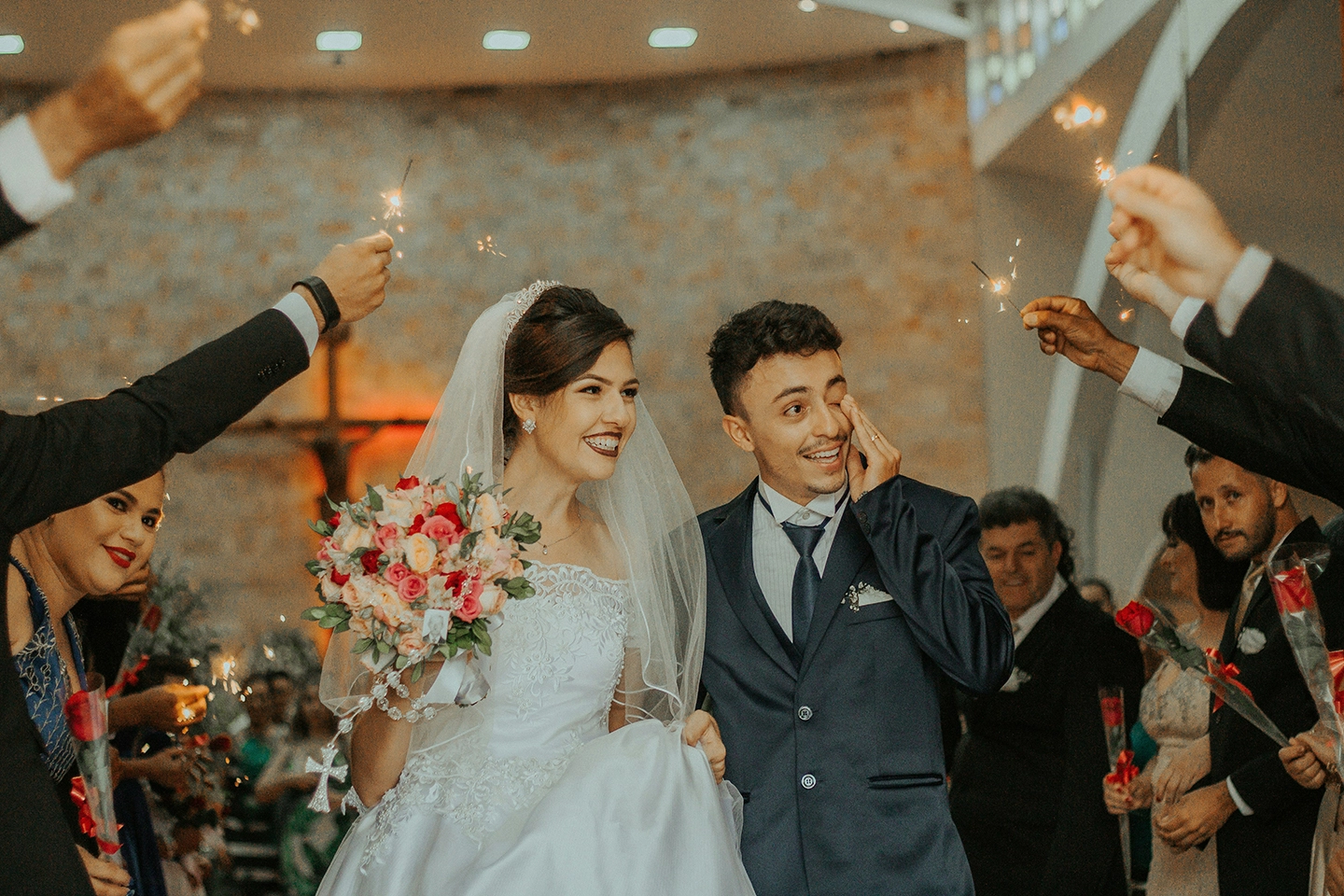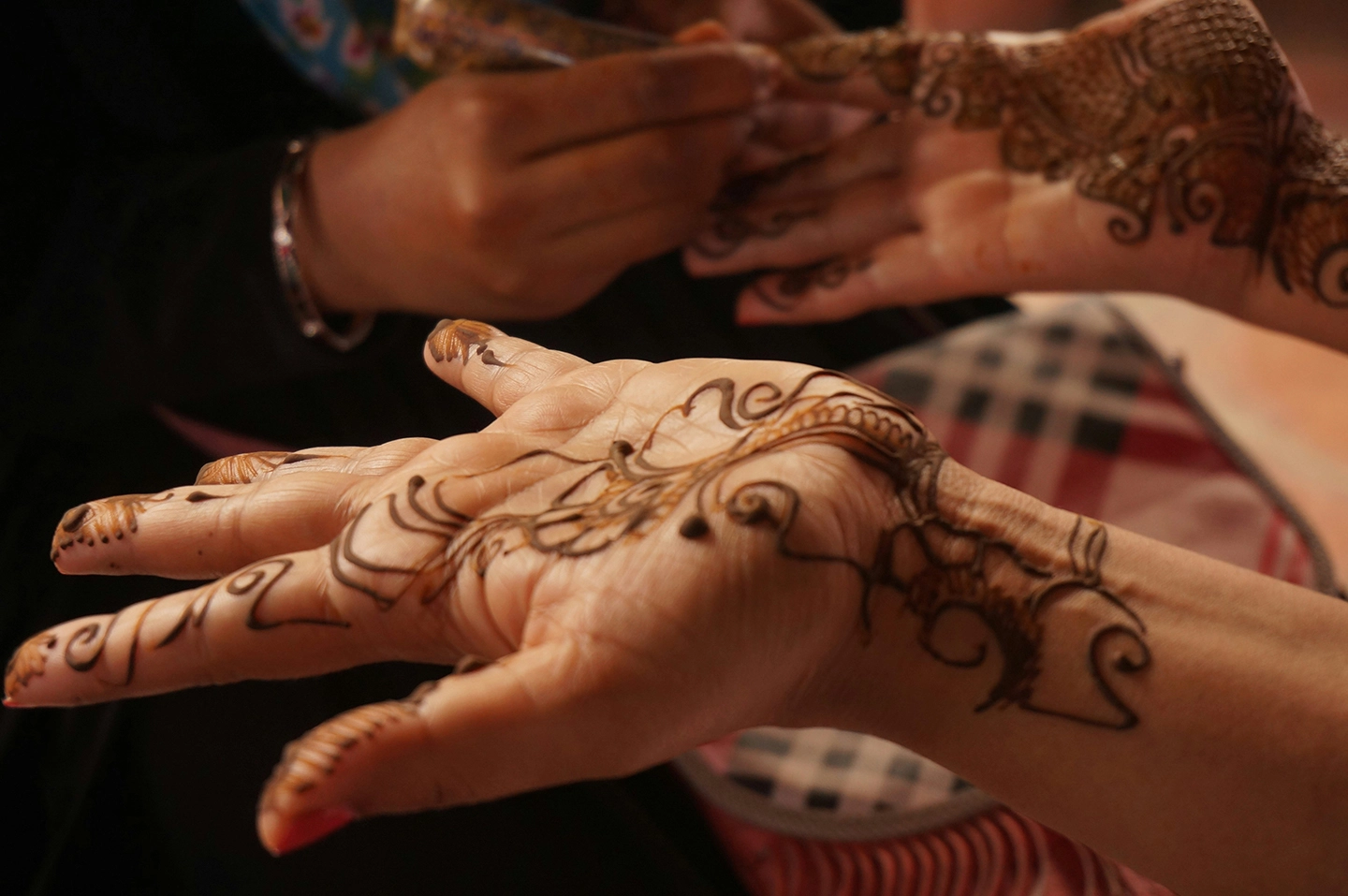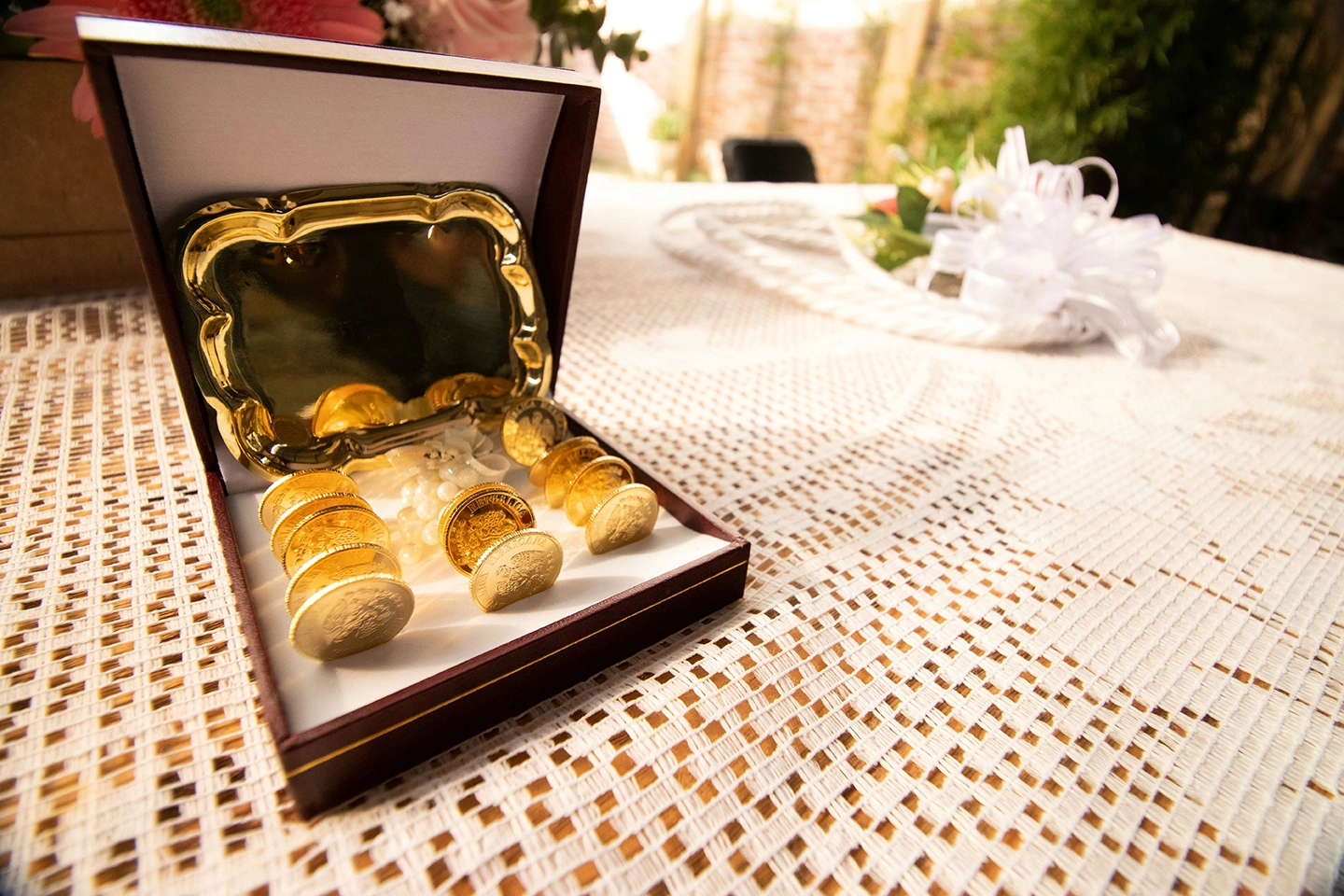What are the most fascinating Turkish wedding traditions still practiced today?
If you’ve faced the confusion of exploring unfamiliar customs or just want to understand the deep meaning behind henna nights and gold-pinning ceremonies, you’re not alone.
You are the curious explorer, and your trip through Turkey’s wedding traditions is about to begin.
As your guide, we’ve studied these rich customs firsthand and will walk you through every colorful step; from the first coffee meeting to the wedding night.
Here’s what you’ll uncover:
- Ancient rituals still alive today
- Symbolic acts like tying the red ribbon
- Festive moments packed with dance, gifts, and emotion
Keep reading and take the first step into a world where weddings aren’t just events; they’re epic, emotional stories.
By the end, you’ll not only understand the 8 key traditions, you’ll feel the joy, meaning, and magic behind each one.

Inside the Colorful World of Turkish Wedding Traditions

Turkish weddings are more than just ceremonies; they are dazzling cultural events exploding with music, symbolism, and heartfelt emotion.
From the emotional Henna Night where the bride is serenaded with songs meant to bring tears, to the joyful moment guests shower the couple with gold and gifts, each tradition is rooted in centuries of meaning.
Superstitions like stepping on each other’s feet or writing names on the bride’s shoes add a touch of playful charm, while deeply held beliefs ensure every detail is charged with purpose.
Curious how a dish can symbolize marriage or why a bride refuses to open her hand until gold is placed in it? Turkish weddings are full of such unique customs, blending ancient practices with lively modern flair.
Whether it’s the symbolic keşkek feast, the sparkling “bride’s tinsel,” or the gold-pinning ceremony that can last for hours, these traditions create a celebration that is unforgettable for both the couple and their guests. Read on to discover how Turkey turns weddings into eternal, living folklore.
1. Kız İsteme

Kız isteme is one of the most cherished traditions in Turkish culture, marking the very beginning of the wedding travel. It’s a heartfelt and formal occasion where the groom’s family visits the bride’s home to officially ask for her hand in marriage.
With a bouquet of flowers and a box of chocolates in hand, the groom’s family expresses their respect and good intentions.
The moment is often marked by a traditional saying that politely asks for the bride’s hand “with the command of Allah and the word of the Prophet.” It’s a respectful, emotional, and exciting step for both families.
One of the most memorable parts of this evening is the coffee test! The bride-to-be serves Turkish coffee to everyone, and sometimes she adds salt to the groom’s cup instead of sugar just for fun; watching his reaction is part of the charm.
If everything goes well and both families agree, the couple may exchange rings and celebrate their engagement. Kız isteme is more than just a formality; it’s a meaningful family gathering full of love, laughter, and new beginnings.
See Also Turkish Costumes
2. Nişan Töreni

Nişan Töreni, or the engagement ceremony, is a beautiful and important tradition in Turkish weddings. It’s the moment when a couple is officially announced as engaged in front of their families and friends.
The event usually takes place after the kız isteme (asking for the bride’s hand) and is filled with love, joy, and celebration.
The highlight of the ceremony is the exchange of engagement rings, tied together with a red ribbon and cut by a respected family member, symbolizing unity and loyalty.
The atmosphere at a Nişan Töreni is always cheerful! There’s often music, dancing, delicious food, and heartfelt moments. Guests pin money or gold onto the bride as a gesture of good luck, and the groom’s family showers the couple with meaningful gifts.
While many couples still follow traditional customs, others blend modern touches; like holding the event in a fancy venue or adding a DJ, to make the celebration their own. Either way, it’s a joyful milestone on the road to marriage.
3. Kına Gecesi

Kına Gecesi, or Henna Night, is one of the most heartfelt and colorful traditions in Turkish weddings. Usually held the night before the wedding, it’s a time for the bride and the women in her life; family, friends, and neighbors, to gather for an emotional yet joyful send-off.
The bride wears a traditional outfit like a bindallı and often a red veil, while henna is carefully applied to her hands in symbolic patterns. This henna is believed to bring luck, devotion, and protection from evil as she enters her new life.
But Kına Gecesi isn’t just about tears and tradition; it’s also a night full of laughter, music, dancing, and joy. Folk songs are sung, traditional dances are performed, and sometimes playful skits entertain the guests.
While the event may look different depending on the region; ranging from quiet family gatherings to big outdoor celebrations, its meaning stays the same: it’s a beautiful farewell to the bride’s old life and a warm welcome of her future.
If you ever get invited to one, don’t miss it; it’s a night you’ll never forget!
4. Gelin Alma

Gelin Alma, or “fetching the bride,” is one of the most joyful and emotional moments in a traditional Turkish wedding. It’s when the groom and his family arrive; often with decorated cars, drums, and dancing; to collect the bride from her family home.
The bride, dressed in white with a red ribbon around her waist to symbolize her maidenhood, is escorted out in a beautiful ceremony that brings everyone together in celebration.
This tradition is filled with music, emotion, and symbolism. Family members, neighbors, and friends gather to witness the bride’s departure, often pinning gold coins or money onto her ribbon as a gesture of support.
There may be playful moments, like the groom being made to wait or negotiate his way in, and then heartfelt goodbyes before the couple heads to the groom’s home or the wedding venue.
Whether you’re watching or taking part, Gelin Alma is a joyful and touching tradition that truly captures the spirit of Turkish weddings.

5. The Red Ribbon Tradition

In Turkish weddings, the red ribbon tradition is a beautiful and meaningful gesture that honors both cultural values and family ties. Just before the bride walks down the aisle, a red ribbon is tied around her waist; usually by her mother or eldest brother.
This ribbon symbolizes her purity and marks a respectful transition from her family life to her new role as a wife. Red is seen as a lucky color, representing not only virtue but also love, happiness, and good fortune for the couple’s future.
The red ribbon doesn’t stop at the bride’s waist; it’s also part of the wedding gifting tradition. Guests often present the newlyweds with gold coins or money pinned to red ribbons, wishing them a prosperous and happy life together.
It’s a heartfelt and festive moment that turns the ceremony into a shared celebration of love, tradition, and support.
Whether you’re witnessing the ribbon being tied or pinning a coin yourself, it’s a special part of the day that blends deep meaning with joyful celebration.
6. Düğün

In Turkey, a “Düğün” isn’t just a wedding; it’s a joyful, multi-day celebration filled with music, dancing, delicious food, and meaningful traditions.
One of the most touching moments is the Kına Gecesi, or henna night, where the bride gathers with close female friends and family to sing, apply henna, and share heartfelt goodbyes before entering married life.
Whether held in a village or a city, a düğün brings people together in a lively and emotional way that highlights the importance of family and community.
Turkish weddings often include both religious and civil ceremonies, with festive rituals like the bride’s symbolic departure from her family home and the groom’s formal arrival to “fetch” her.
From the presentation of the çeyiz (dowry) to unique customs like the Turkish coffee ceremony or gifting a mirror, every moment in a düğün reflects love, respect, and tradition; with a lot of fun along the way!
7. Takı Töreni

Takı Töreni is one of the most heartwarming and cheerful parts of a Turkish wedding. After the official ceremony, guests come up to the bride and groom to pin gold coins, money, or jewelry onto their sashes or ribbons.
It’s a beautiful way for family and friends to show their love, support, and good wishes for the couple’s future together.
Plus, it adds a sparkling touch to the celebration as the couple literally shines with the generosity of their loved ones! This tradition is more than just a gift-giving moment; it’s a symbol of community coming together to help the newlyweds start their life with luck, wealth, and abundance.
Guests often take pictures with the couple during this joyful ceremony, making memories that highlight how much everyone values the bond of marriage. Takı Töreni truly reflects the warmth and closeness of Turkish wedding celebrations.
8. The Nuptial Chamber

The Nuptial Chamber, or Gerdek, is a cherished part of Turkish weddings that symbolizes the beautiful transition into married life. After the religious ceremony, the bride and groom, often accompanied by close family, move to a special room; traditionally the groom’s home, to share their first night together as a married couple.
This intimate moment is filled with meaningful rituals, like the groom saying a prayer and sometimes giving the bride a gift before displaying her face. It’s a tender and symbolic start to their travel, representing both love and loyalty.
Though some traditions around the Nuptial Chamber, like checking the bride’s virginity, vary by region and have changed with modern times, the heart remains the same: it’s a celebration of new beginnings. Friends and family often visit afterward to share gifts and joy, reinforcing the strong sense of community in Turkish weddings.
Whether it’s in a family home or a cozy hotel room, the Gerdek marks the couple’s step into their shared future, full of hope and happiness.
See Also Traditional Turkish Clothing
Turkish Wedding Traditions: A Recap
Turkish weddings are more than ceremonies; they are heartfelt travels rich with tradition, symbolism, and joy. From the emotional Kına Gecesi to the festive Takı Töreni, each step honors love, family, and community.
These customs blend ancient values with modern flair, creating unforgettable celebrations that unite not just two people, but two families; and often, entire neighborhoods.
Through every ribbon tied, every coin pinned, and every dance shared, Turkish weddings reflect a culture where marriage is truly a shared celebration of life.


